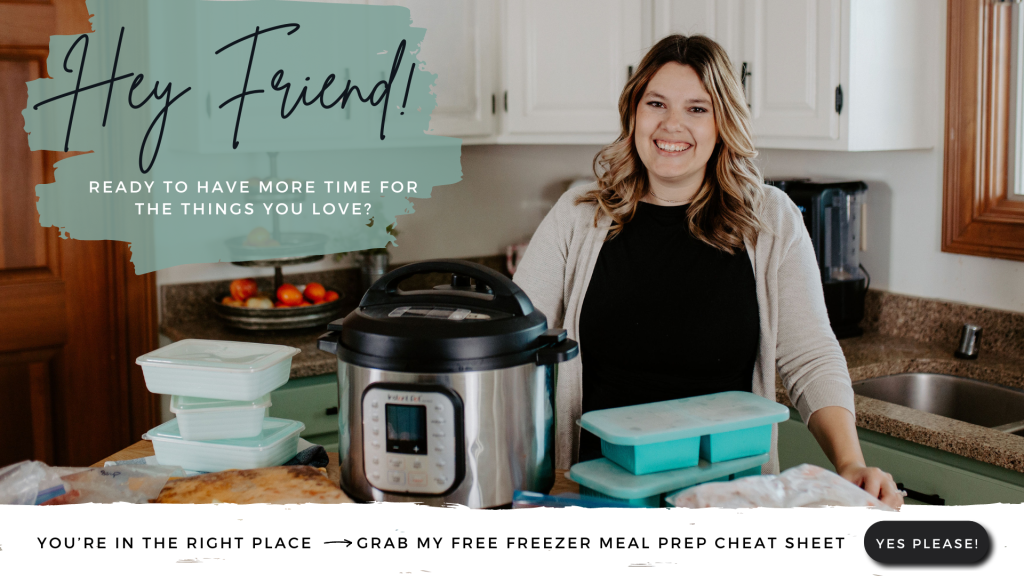We’ve talked enough about the audience variable of the formula. Now, it’s time to talk the offer.
But first, what is an Offer?
An Offer isn’t a product, but it does contain a product. Confused yet?
Think of it like this. A restaurant’s offer isn’t food. It’s the whole experience including the food.
From the decor, service, pricing, presentation, and cooking. It’s all part of the Offer. This is important to understand because it’s too easy to think that your product is the problem.
But if people don’t like you, your site design, the messaging, or the pricing, then the actual product doesn’t matter. Everything is tied together.
That’s an Offer.

What’s the Best Offer to Create?
In an online business, an offer can be anything. A physical product, a digital product, a service, a subscription, coaching, and anything in-between.
There is no best offer, but there might be a best offer for you.
What I mean by this is that when you look at your audience along with their outcomes and problems and mix that with your personality, skills, and mechanisms, then some type of offers might work better than others.
For example, if you’re a people person then a community where you continuously interact with people might feel more valuable for your audience than a course.
Or a book might be the way to go. There are a ton of different types of digital products for you to choose from so there is no point in sitting down trying to find the one above all.
Maybe you need to coach people 1-on-1.
So if your option is anything how do you choose what is going to be best for you?
First, Choose the Outcome
What do you want to help people achieve? Before you can even think about what type of format your offer comes in, you need to understand what you can help people achieve.
For example, if I decide that I’m going to help you grow tomatoes in your bathtub then selling you a t-shirt doesn’t make sense.
So sit down and understand what you can help people achieve.

Second, Choose the Problems
Once you know the outcome that you want to help people achieve you need to figure out what problem(s) you will help them solve.
This seems like it should be easy but it can be quite tricky because if you try to solve too many problems then your offer becomes enormous and that doesn’t help anyone.
When you understand the problem you can better understand the delivery of the solution.
Many people turn to business coaching not because they can’t deliver the information in any other format. It’s because their clients have problems that are unique to them so simply writing a book just won’t do it for them.
They need a custom solution and that’s where coaching comes into play.
This Course, Many Options
Think about this Pocket Course. It’s meant to show you how to build the foundation for your Automated Sales Machine.
Is this the best way to deliver it? Maybe, maybe not. But it is an option.
I could’ve also put it inside a workshop, an email course, or a book. Choosing the vehicle in which to deliver this information before I understood what information I needed to create wouldn’t make sense.
But now that the course is all out there, I can go back and refactor it many different ways.

High or Low, But No Middle
You want to create an offer that you can get out the door quickly which generally rules out courses. If you’ve done the exercises above and came to the conclusion that a course would be best then maybe choose a different outcome for now.
Why is that?
Because you don’t want to spend months working on something only to see it’s not really desired.
The sooner you can get something out, the sooner you can start to get feedback and make any necessary changes.
I suggest you start with something like a book (low-ticket) or coaching (high-ticket).
The Secret Hack to Know If It Will Work
I have no problem coming up with an idea and putting it out there before asking people if they want it. That’s only because I know how to tie things back to the 10 improvements (we’ll get to that in a second) and putting messaging around it that will entice people to buy it.
But you might not be so sure so then what do you do? Your best bet is to create a sales page for the offer and then put it up for pre-sale.
If people buy then you know you have something on your hands. If people don’t buy then you know you need to work on the messaging.
This should only be done if the offer involves a product that you have to deliver. If you decide that you want to do coaching then create the sales page for your coaching offer and be done with it.

Why a Lot of Offers Don’t Sell
First, let’s get something out of the way. If an offer doesn’t sell it’s almost never because of the actual product.
The reason why this is the case is because nobody knows how the actual product works.
If I’m trying to sell a book people won’t buy it because they know everything about the book. They have no idea how the book is until they buy it and read it.
I can’t sell it because of the messaging around it.
So if you create an offer and find that it isn’t selling then you don’t have to scrap the offer. You probably need to fix the messaging.
But if you want a better shot of selling any of your offers then you need to do a solid job of tying it back to the 10 Improvements.
The 10 Improvements
People only buy one thing and that is improvement. If they can’t see how an offer is going to improve their lives then they won’t touch it.
But it’s not that easy. They need to be able to tell the story in their head of how the offer will improve their lives.
When you’re starving and you stop to grab a bite to eat, you can imagine how it will feel to not be hungry anymore so buying the food is a no-brainer.
If someone is selling you an offer that is going to make you happier can you envision being happier? It’s not that easy and therefore selling the offer isn’t easy.
That’s where the 10 improvements come into play.
- Make money
- Save money
- Save time
- Avoid effort
- Escape mental and physical pain
- Get more comfort
- Achieve greater cleanliness, beauty, or hygiene
- Gain praise
- Feel more loved
- Increase popularity or social status
I found this list in the book, Copywriting Secrets by Jim Edwards. He doesn’t call them the 10 improvements but when you know that people only buy improvement and combine it with this list, you have the 10 improvements.
Your objective is to tie your offer back to one more of these improvements. You don’t have to do it explicitly, but everything you do has to help the person create a story in their head where they can see how your offer is going to help them get one of these things.
$20,000+ a Month Selling Freezer Meal Guides

This is Rachel Fairchild. She’s a Full Stack Engines student and Pocket Business client who sells freezer meal guides.
She makes over $20,000 a month selling them. Last time I checked in with her the highest she made was $60,000.
By selling some simple guides.
On the surface, Freezer Meal Guides don’t seem like an obvious thing to tie back into the 10 improvements. But throughout her content you can see that she’s helping her audience form a story in their head on how they can:
- Save money
- Save time
- Avoid effort
We could tie it back to some other things but they get less obvious. Because the story is played in the audience’s head around those 3 improvements, it becomes a lot easier for them to buy a freezer meal guide.
$40,000+ a Month Helping Women Over 40

This is Melissa Neill. Another Full Stack Engines student who makes over $40,000 a month helping women over 40 get the bodies that they want.
Her path to one of the improvements is a lot more obvious.
- Achieve greater cleanliness, beauty, or hygiene
But you could also see that some of her audience might want the following which she can help with:
- Gain praise
- Feel more loved
- Increase popularity or social status
What Melissa has to do is ensure that her Layer 1 + 2 content do a great job of helping to create a story in a person’s mind on how they can get one or all of these things.
Then they’ll be banging down the door to get access.
Build a Portfolio
With both of these examples you can see that these women are selling multiple offers and you shouldn’t be surprised to know that decent percentage of people buy more than one thing.
That’s the importance of Layer 2 content that pulls people into your tribe. It feels natural to continue to buy from you because you’re a great guide and they are ready to solve the next problem.
Now that we’ve covered the fundamentals, what does a Pocket Business look like behind the scenes?
Next Lesson: Building a Pocket Business >>>>>
